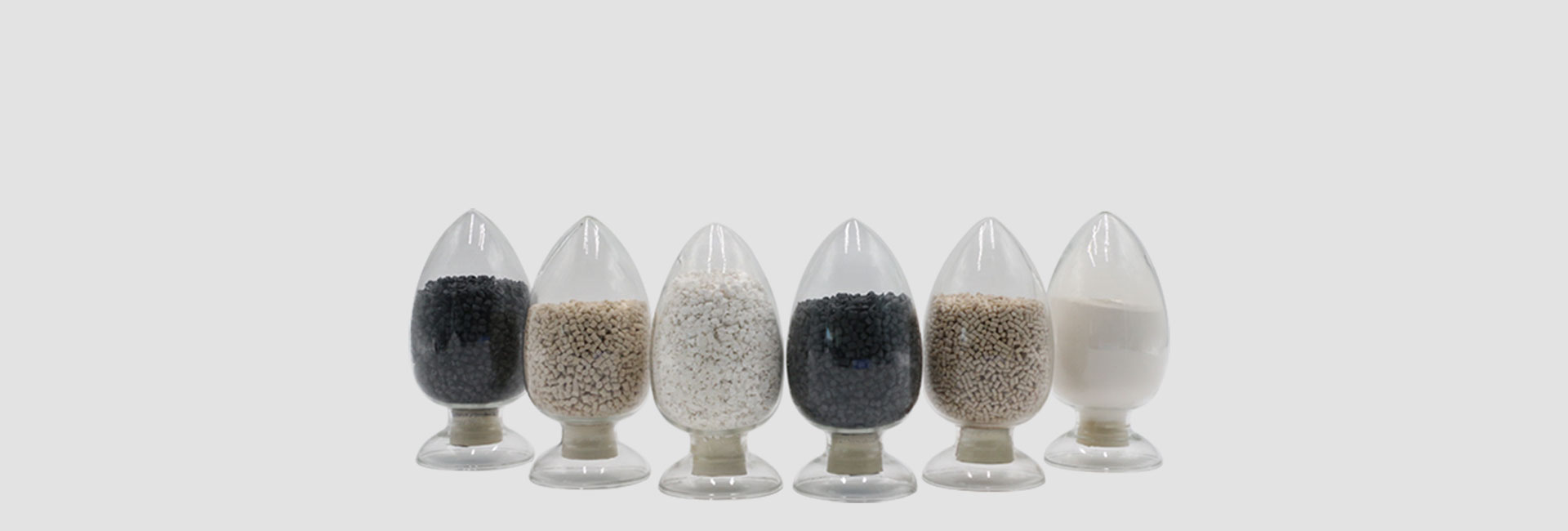×
PEEK (Polyether Ether Ketone), as a high-performance thermoplastic specialty plastic, its processing technology integrates the essence of precision control and advanced technology. Through various advanced methods such as injection molding, extrusion molding, compression molding PEEK, and centrifugal molding, PEEK materials can exhibit excellent mechanical strength, high-temperature resistance, corrosion resistance, and outstanding biocompatibility. These processing techniques not only ensure the precise dimensions and complex structural designs of PEEK products but also significantly expand their application boundaries in fields like aerospace, medical devices, automotive manufacturing, and electronics and electrical industries, meeting the dual pursuit of material performance and processing precision required by high-end manufacturing industries.
In compression molding PEEK, the plastic material is preheated and placed into the mold cavity. The mold is closed under pressure and heated. After the part cools, it is removed from the mold and flash is trimmed off. Compression molding PEEK process is highly suitable for reinforced polymers and is a standard manufacturing method for making parts with PEEK. Compression molding PEEK has good surface finish. The setup time is very fast, and the setup costs are relatively low. However, compression molding PEEK cannot handle geometries with undercuts, and the processing time and part consistency are not as good as injection molding PEEK.

Injection molding is one of the most common processing methods for producing plastic parts, including PEEK plastic injection molding. In injection molding, molten plastic is injected (forced) into the mold under high pressure. Once cooled and solidified, the part (or parts) is removed from the mold. Minimal post-processing is needed, usually in the form of trimming flash and excess plastic. Injection molding is suitable for thin-walled parts and can produce complex parts with fine details. Injection-molded parts have a good surface finish and excellent dimensional accuracy. From a production perspective, the benefits include high production rates and low labor costs.
Extrusion is used for manufacturing polymer components with a constant cross-section, including tubes. This is another common manufacturing process for PEEK parts. Heated plastic is forced through an open mold under high pressure. Production costs are often low, setup time is quick, and initial costs are relatively low.
In centrifugal casting (sometimes referred to as rotational molding or spin casting), molten polymer material, PEEK, is placed into the mold and sealed. The mold and polymer are heated to the degree where the polymer is in a liquid state. The mold is then rotated on multiple axes. Centrifugal force distributes the polymer uniformly along the inner surface of the mold. This manufacturing method can be used to produce complex hollow parts with thin walls and extremely low residual stress. It is suitable for reinforced materials. Centrifugal molding offers excellent surface finish with limited mold costs. It is highly suited for both short-term and long-term production runs.
Find the popular PEEK applications:
+86-(0431)-89625588